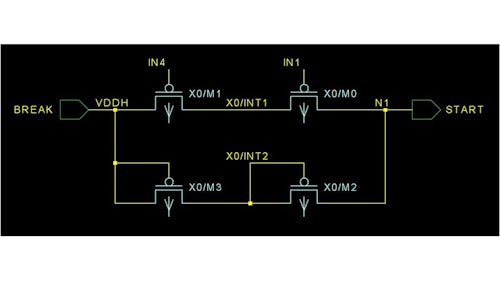Protecting against IC reliability failures with automated voltage propagation
Calibre PERC automated voltage propagation supports fast, accurate detection and analysis of multiple IC design reliability issues, such as electrical overstress, voltage-aware DRC spacing, and power domain crossing protection schemes
With Calibre PERC automated voltage propagation, designers can define voltages, then define rules to propagate these voltages to internal nodes, using automated static analysis to catch any violations in their IC design layouts. The voltage propagation functionality is both powerful and flexible, because designers can define unique propagation rules based on their design needs. They can also interactively trace voltages in the results, obtaining a better understanding of how the voltages were propagated on the design, which enables faster, more efficient debug of reliability verification errors.
Multiple design reliability issues can be addressed with voltage propagation, including electrical overstress, voltage-aware design rule checking constraints, multi-power domain crossings, and others.
